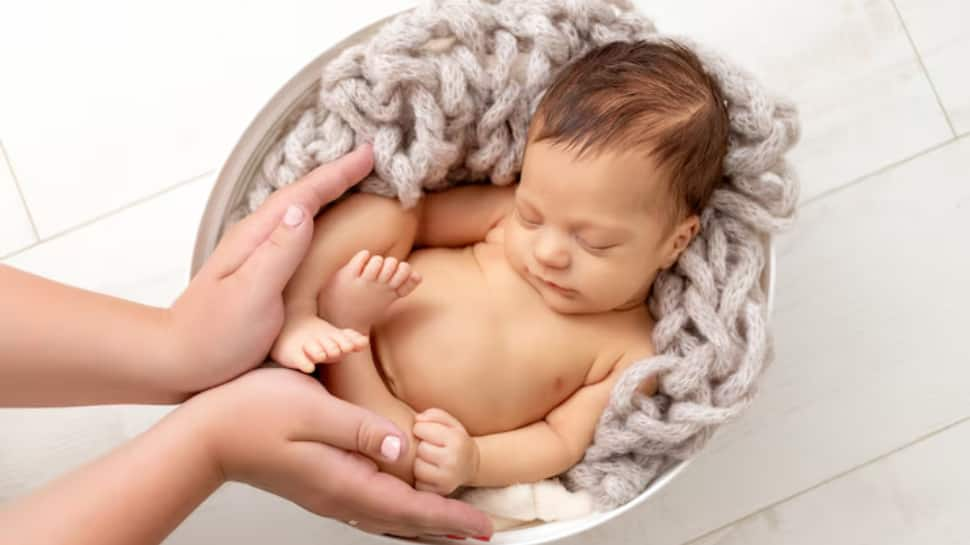As the monsoon sets in, it offers welcome relief from the scorching summer heat, but along with the rain comes high humidity, increased microbial activity, and serious health risks, especially for newborn babies. With their fragile and underdeveloped immune systems, infants are particularly vulnerable to seasonal infections that spike during this time of year.
Dr Avadhesh Ahuja, Consultant, Neonatology at Fortis La Femme, GK, warns that the humid environment of monsoon makes it a hotspot for bacteria, viruses, molds, and mosquitoes, all posing threats to newborn health. Here’s a breakdown of what to watch out for and how to protect your baby during this sensitive season.
Why Are Newborns at Greater Risk During Monsoon?
Monsoon weather leads to dampness, poor air circulation, and water contamination, which are ideal conditions for microbial growth. Dr Ahuja highlights that because newborns have immature immune systems, they can easily fall prey to infections affecting the gut, respiratory system, skin, and even the umbilical stump.
1. Waterborne Infections: Diarrhea & Vomiting
Newborns are highly susceptible to waterborne infections like diarrhea and vomiting, often caused by contaminated water. These illnesses can lead to severe dehydration in babies, a potentially life-threatening condition.
Solution: Maintain strict hygiene. Always wash hands before feeding or handling the baby. Use boiled or filtered water for cleaning bottles and feeding equipment.
2. Airborne Infections: Cold, Cough, Pneumonia
The increased viral load in the air makes respiratory infections like cold, cough, bronchiolitis, and pneumonia more common in infants.
Solution: Avoid close contact between the baby and anyone showing signs of illness. Use face masks indoors if someone is sick and keep rooms well-ventilated but dry.
3. Skin Infections: Fungal Rashes & Redness
With the constant dampness and sweating during monsoons, babies are more likely to suffer from fungal infections—especially in diaper areas and skin folds.
Solution: Dress babies in soft, breathable cotton clothes and ensure their skin stays clean and dry. Change diapers frequently and apply pediatrician-recommended barrier creams.
4. Umbilical Stump Infections
Monsoon moisture combined with poor hygiene can lead to umbilical stump infections, showing up as redness, swelling, or pus.
Solution: Keep the area dry and exposed to air, and follow the pediatrician’s care routine strictly.
5. Mosquito-Borne Diseases: Dengue, Malaria & Chikungunya
Monsoon is mosquito breeding season, raising risks of vector-borne illnesses like malaria and dengue, which can severely affect infants.
Solution: Keep babies in mosquito netting, dress them in long-sleeved clothes, avoid open water containers near the home, and never use mosquito coils or sprays near newborns.
When to See a Doctor?
Dr Ahuja advises that if your newborn shows any of these signs:
1. Poor feeding
2. Fever
3. Vomiting or diarrhea
4. Unusual drowsiness
5. Laboured or rapid breathing
You should seek immediate medical help. Early intervention can prevent complications.
Monsoon doesn’t have to be scary for new parents, vigilance, hygiene, and timely precautions are the key to ensuring your baby stays safe and healthy. Always consult your pediatrician when in doubt, and don’t hesitate to ask about protective routines during the rainy season.
FAQs
Q1. Why are newborns more vulnerable during monsoon?
Their immune systems are immature, making them prone to infections.
Q2. How can I prevent fungal infections in my baby during monsoon?
Use cotton clothes, keep skin dry, and change diapers frequently.
Q3. Are mosquito repellents safe for newborns?
Avoid coils or sprays; use nets and full-sleeve clothes instead.
Q4. What are signs of serious infection in newborns?
Poor feeding, fever, breathing issues, or excessive sleepiness.
Q5. Can damp walls affect a newborn’s health?
Yes, mold from dampness can trigger breathing problems or allergies.

